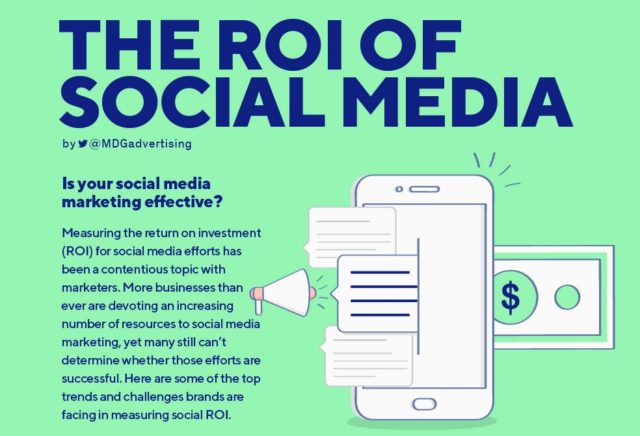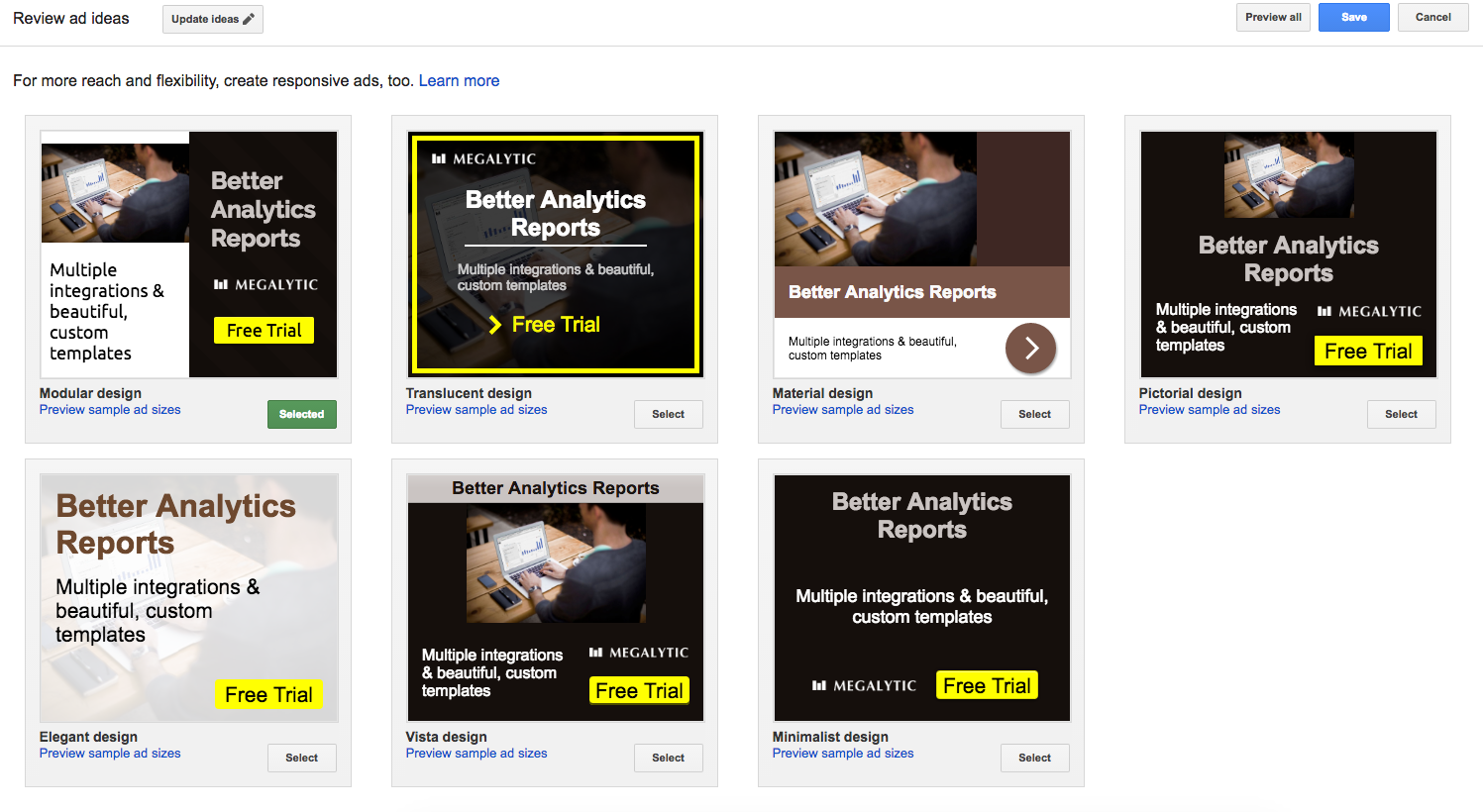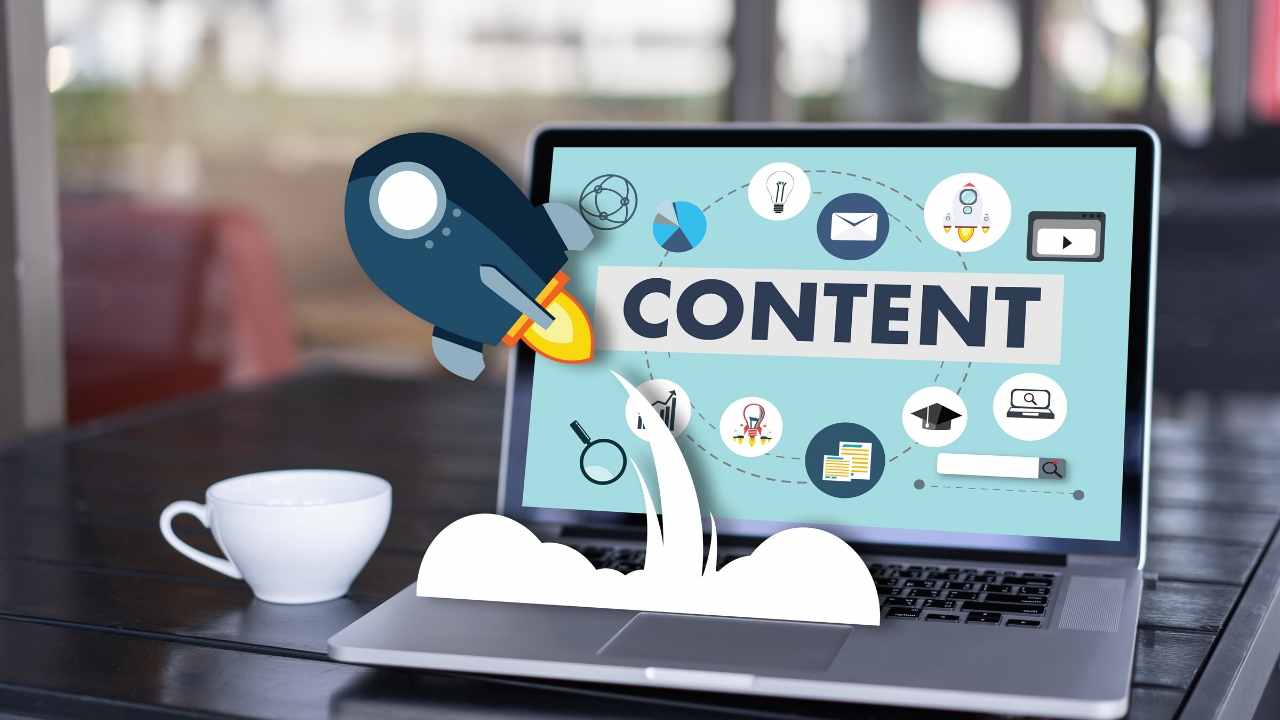
Media attribution is the process of measuring how many visitors are converted to buyers. This can be achieved in many different ways. Data-driven attribution is the best method to determine the effectiveness advertising campaigns. A second method of tracking users before they convert is called assisted conversions. It tracks various media interactions including search ads as well as display ads and mobile ads. This attribution model allows you to determine which media channels are most valuable.
Data-Driven Attribution
Advertisers want to maximize the effectiveness of their advertising budgets across all channels. Attribution is a hot topic. Traditional attribution methods are based on the performance of individual campaigns. Data-driven attribution measures the effect from multiple touchpoints. A New York City tour company might track conversions in order to determine which marketing channels lead customers to make purchases. Combining data from different marketing touchpoints allows the company to understand which marketing channels are most efficient and how to improve.

In data-driven attribution, you can assign credit to individual channels based on a series of rules you define. Different rules-based models could highlight which media channels are more effective at driving first-time conversions and last-click conversions. They also may show which marketing channels are more effective at driving conversions, but this does not account for unique consumer behavior. Data-driven media attribution is an excellent tool for measuring advertising effectiveness.
Multitouch Attribution
As a marketer, you've probably heard of multitouch attribution, but what exactly is it? Multitouch attribution allows you to attribute sales to various touchpoints. This helps you determine which touchpoints are most effective. You can use this type of attribution to determine which types of creatives, placements, and campaigns are driving the best results. This type of attribution can help you understand how your customers interact with your brand and optimize your campaigns accordingly.
Linear attribution is the most basic method of multitouch attribution. It gives equal credit for all touchpoints on the customer's journey. This approach is not as comprehensive as the other options. Another approach, known to be time decay, gives credit to those touchpoints that are closest to a conversion. This is a good approach for long-term relationships but not for short sales cycles.
Conversions by Assisted
Media Attribution defines assist as interactions prior to a conversion. Assisted conversions include display, search, and mobile ads, which are all important for meeting customers where they are in the buying cycle. Advertisers can find the best media channels to generate sales by analysing assisted converts. Campaign optimization is critical, especially when it comes to long sales cycles.

If you're using the Multi Channel Funnel, you can easily track the number of channels that contributed to a conversion. Using this information, you can create a more comprehensive report and assign a percentage of a conversion to a specific channel. In addition, you can see which sources, such as social channels, paid campaigns, referrals, and offline advertising, are performing best. You can then segment your campaigns based on the number of conversions from each channel.
FAQ
Why is content so important
Digital marketing campaigns are dominated by content. In order to attract new customers you will need to create relevant content. The best way to do this is through blogging. Blogs help you establish authority in your niche and make you more trustworthy. This trustworthiness gives you credibility, which leads to higher search engine rankings. Organic searches are more popular than search engine rankings.
How can I measure success with content marketing?
There are many ways you can measure the success of your content marketing strategies.
Google Analytics is one of the best measurement tools. Google Analytics allows you to see the origins of your targeted traffic and which pages they most often visit.
It also shows you how long each visitor stays at your site before they leave.
This information can be used to improve your content and to keep people engaged for longer periods.
These questions can also help you determine the success of your content marketing efforts.
What value do my new subscribers receive from my email bulletins? What percentage of my mailing list have purchased paid memberships? How many people have clicked on my landing page to convert? Is it true that clickers convert at higher rates than those who don't click?
These are important metrics to monitor and track over time.
Another way to measure your content marketing success? Look at how often people share links to your content on social networks.
If you're not doing that already, consider starting now. It could be the difference in being seen or not in your industry.
What is the role of a content strategist?
Content strategists are able to help you understand what search terms people use on the internet. They help your site rank high in search engines by optimizing it for search engines. They also create content that can be shared on social media sites such as Facebook and Twitter. And they write copy for websites, blogs, and advertisements.
A content strategist is a member of a marketing team that helps organize an online strategy for a company. While content strategists can work alone, they will often collaborate with other members of the team to ensure each piece of content is useful.
Statistics
- To further show the importance of this, 89% of people have stopped doing business with a company because of a poor experience. (neilpatel.com)
- This marketing strategy landed Ford a 15.4% conversion rate. (neilpatel.com)
- Out of the 1,500 marketers we surveyed for our State of Content Marketing report, 78% who felt their content marketing strategy was exceptionally effective in 2021 had documented their strategy. (semrush.com)
- Companies that use content marketing see approximately 30% higher growth rates than businesses not using it. (mailchimp.com)
- An example of an overarching goal could be: "In 2022, we want to achieve a 20% increase in revenue created by organic content and generate 15,000 MQLs with a budget of $30,000." (semrush.com)
- According to the Content Marketing Institute, 70% of B2B marketers and 86% of B2C marketers surveyed use content marketing in some form or other. (criteo.com)
- Measure your goals with a progress indicator of 0-100%. Make your goals collaborative and transparent (semrush.com)
- Seventy-two percent business to business (B2B) (mailchimp.com)
External Links
How To
What is a Content Marketing Strategy?
A content marketing strategy (CMP) helps you set your goals and objectives. It also gives you strategies to develop and execute your online presence. It's a roadmap for reaching those goals through content creation and distribution.
The CMP is often broken down into three main areas.
-
Your overall strategy. What do you want?
-
Your content strategy – Where can you find the right people who will write, curate and distribute your content content?
-
Your strategy's execution tactics - What channels will you use for sharing your content? What type of content will your produce?
An effective CMP includes these four components:
-
Goal Setting - Define your target audience, and establish measurable KPIs to measure success.
-
Audience Research – Understand your ideal customer so that you can find them exactly where they are.
-
Strategy – Develop a clear vision and strategy for where you want to be. Next, break it down into smaller parts.
-
Execution is key - Have realistic expectations about the time you can expect to see tangible results.